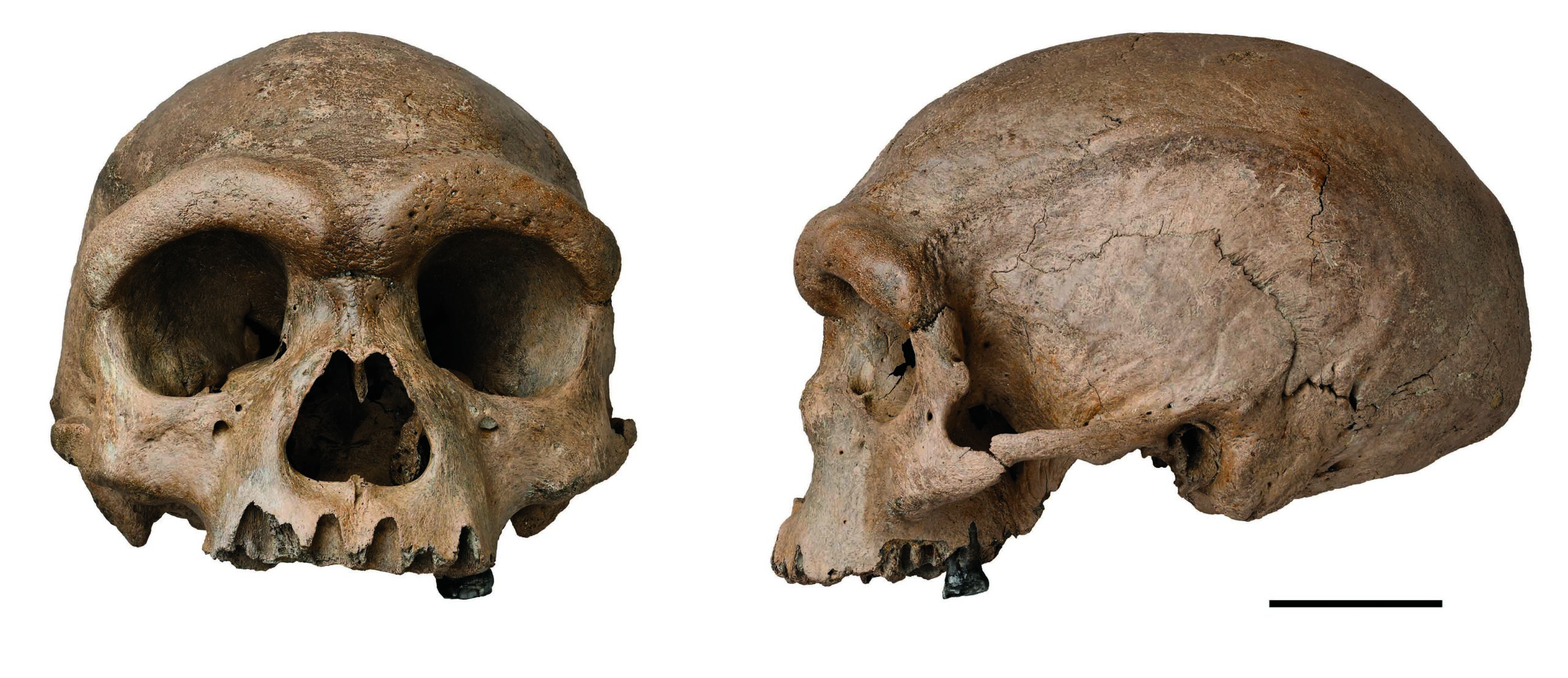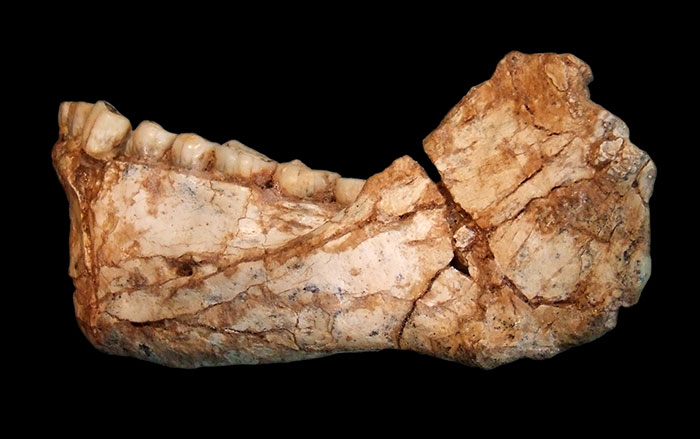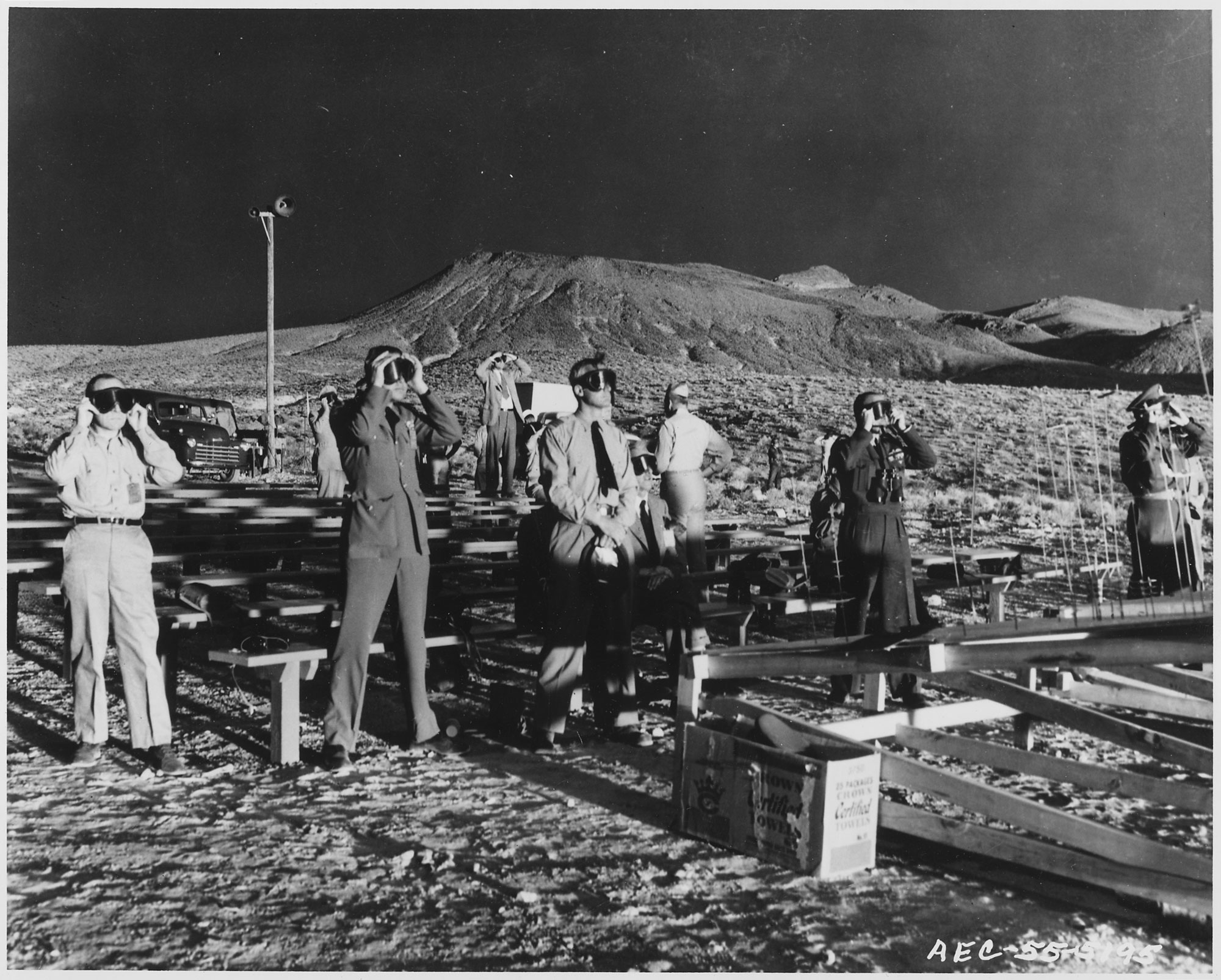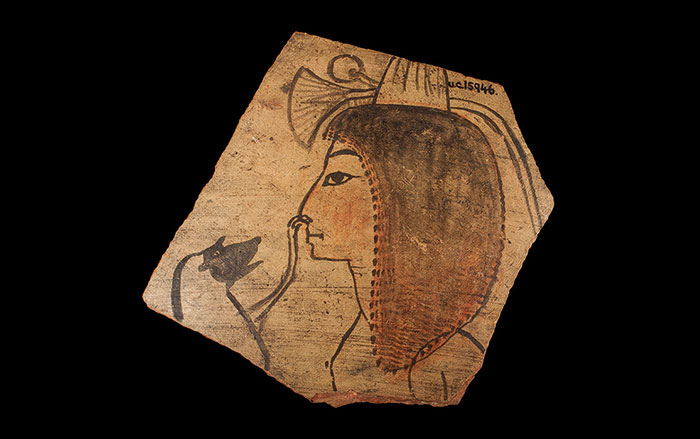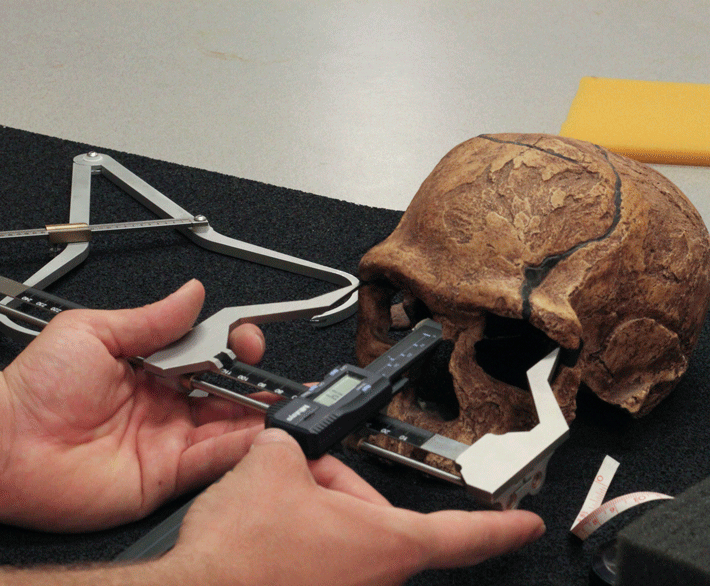
Around 80,000 to 30,000 years ago, what we now recognize as modern human culture was taking shape. Homo sapiens was migrating out of Africa, creating symbolic artwork, and inventing new stone tools—changes that are often attributed to the evolution of large brains. But what if loads of brain matter alone weren’t enough to give rise to human culture? A new study by a research team that includes Robert Cieri, a doctoral student at the University of Utah, makes such an argument. Their work shows that, over time, humans evolved to produce less testosterone, which made them less prone to aggression and more socially tolerant—all of which set the stage for cultural advances. “It’s important to realize that much of our success in the last 200,000 years really has to do with our social skills,” says Cieri.
In addition to making people aggressive, testosterone affects the way human skulls grow, and this factor was key in the research. High testosterone levels are associated with thicker brow ridges and other facial traits. Cieri’s group compared measurements from the skulls of ancient humans—dating to as early as 200,000 years ago—with those of modern Homo sapiens. They found that nearly all the skulls belonging to people who lived more than 80,000 years ago show evidence of testosterone levels that were far higher than any modern-day human’s. These high hormone levels may have made social cooperation and community-building more difficult. By contrast, the more recent skulls have traits that indicate lower testosterone levels, which may have allowed ancient humans to live together in larger groups and interact peacefully with outsiders, thus facilitating cultural exchange and advancing technological innovation. In a world that was becoming more crowded, those who had the traits that permitted them to adapt would be more successful, and therefore would pass the traits for lower testosterone and increased social cooperation on to their offspring. “You could see it as people becoming adapted to a new ecology,” Cieri says.


